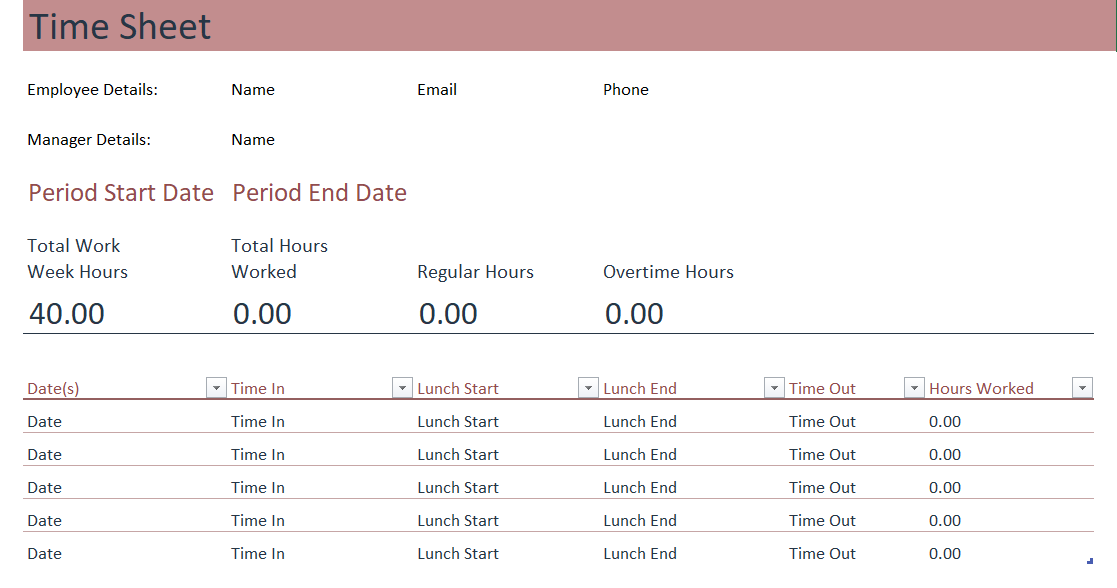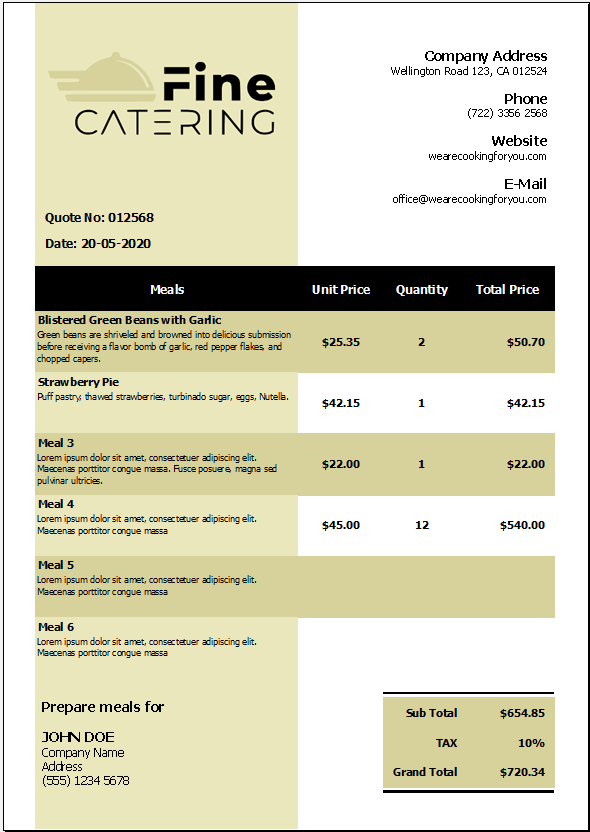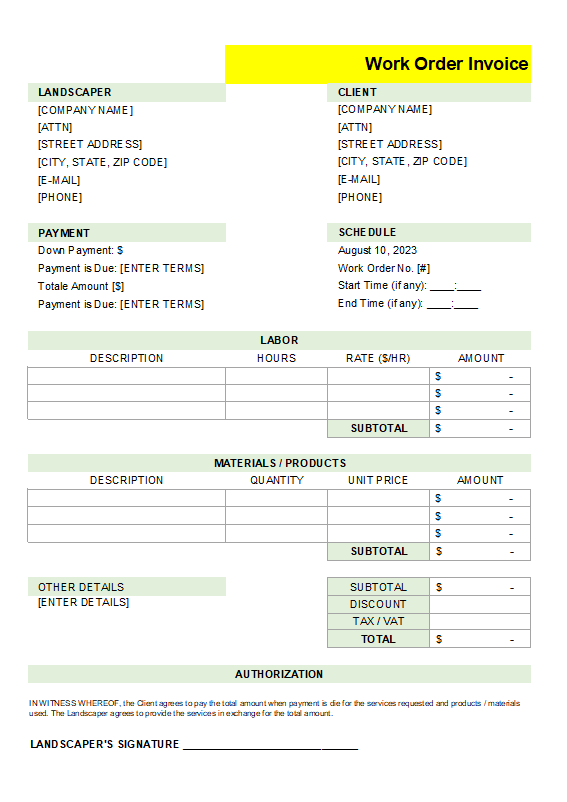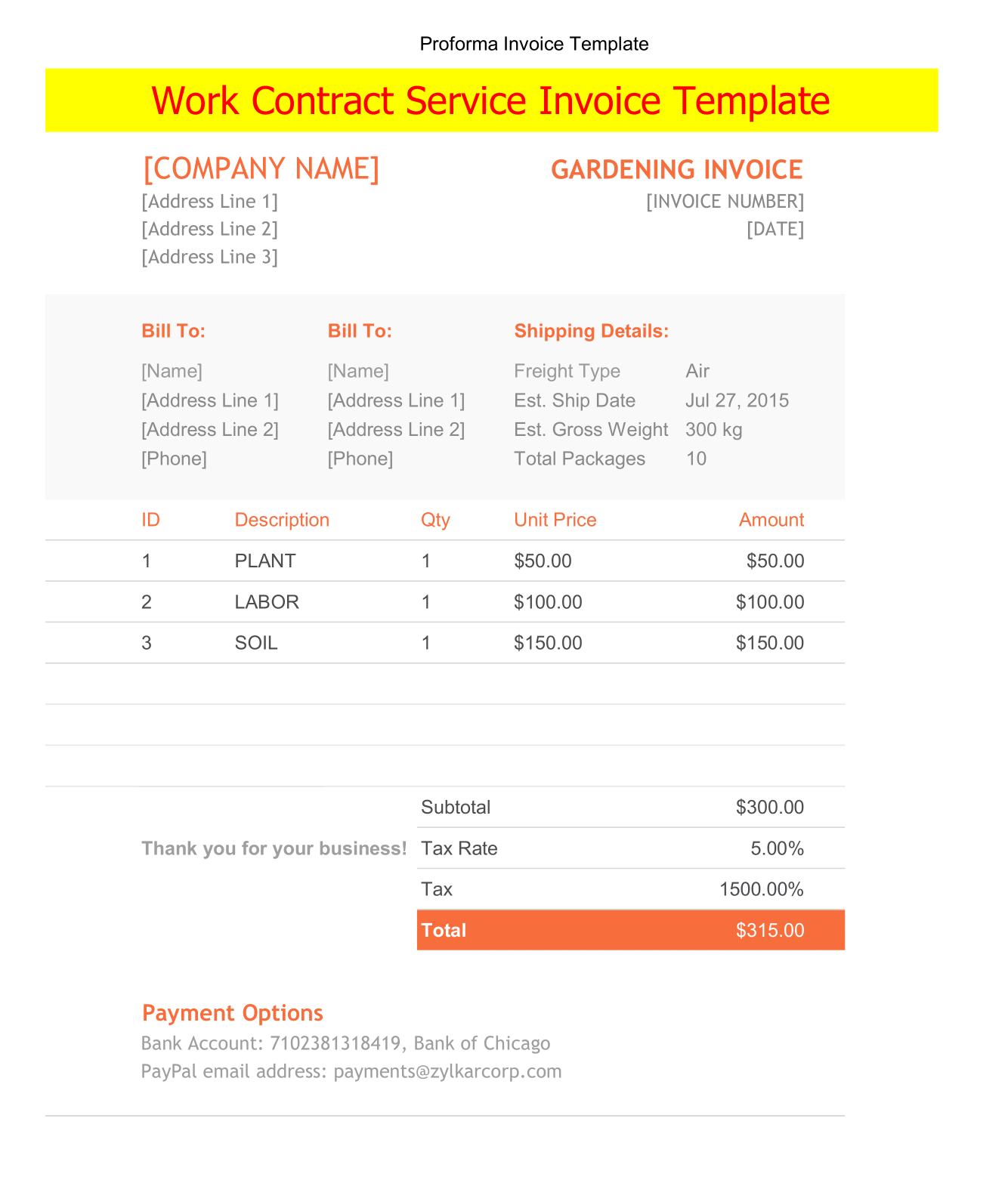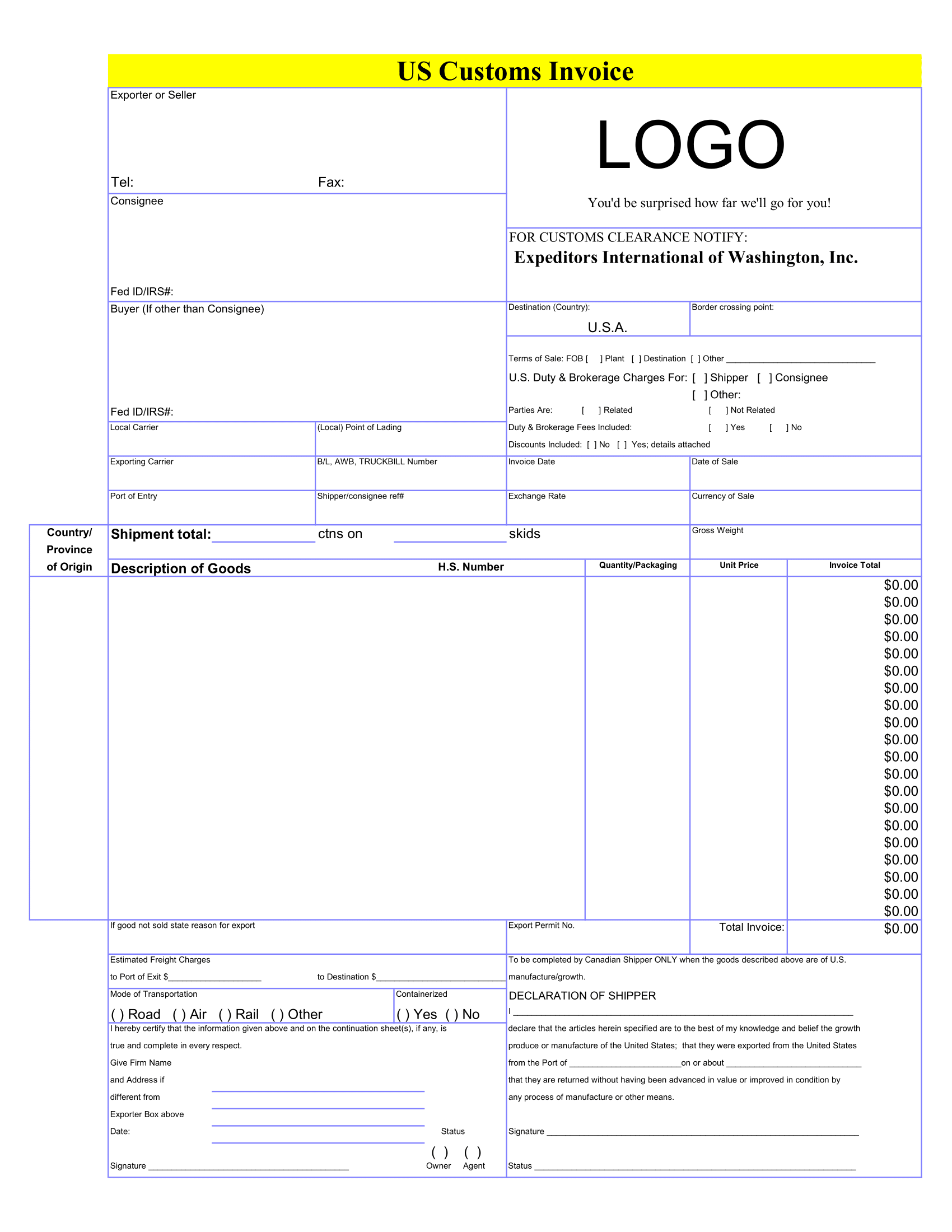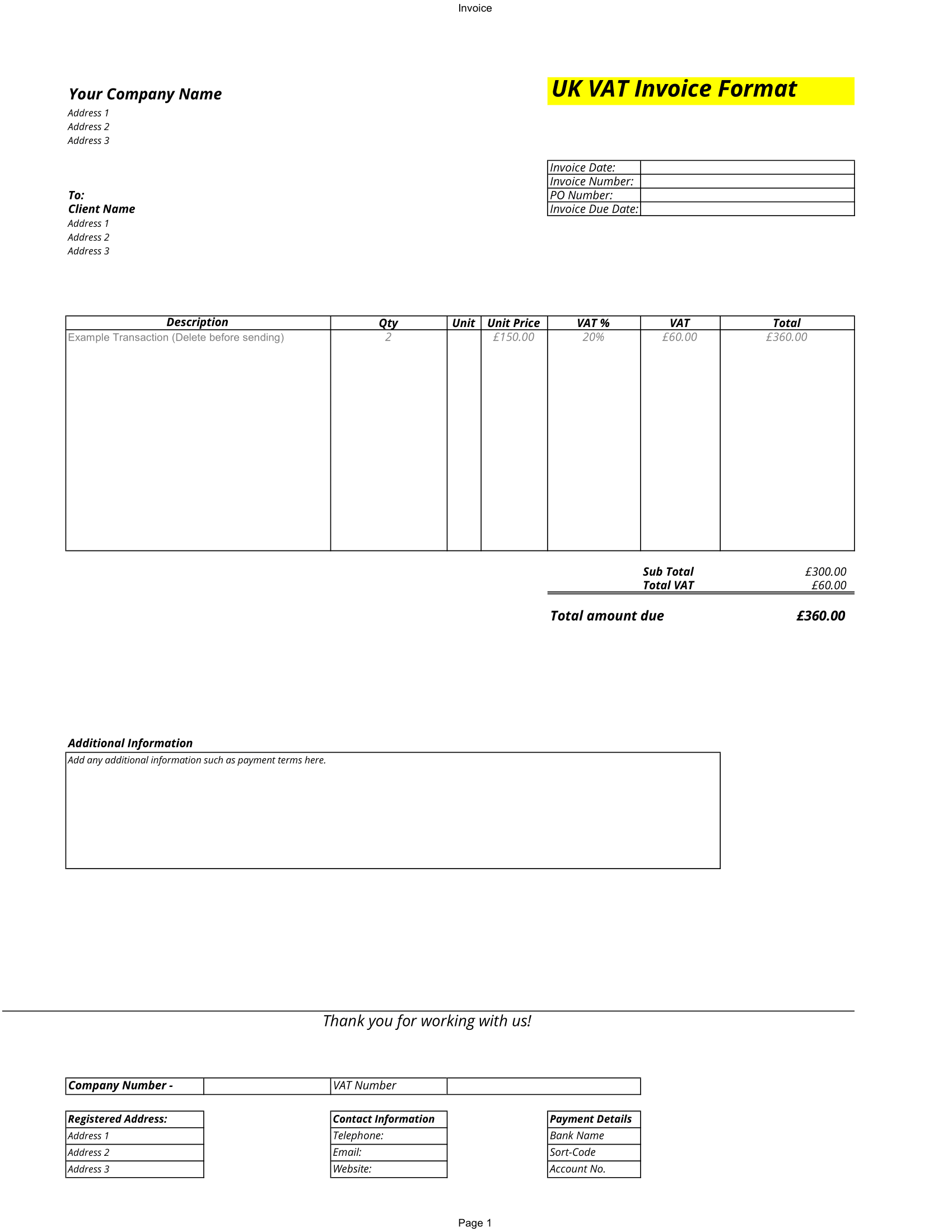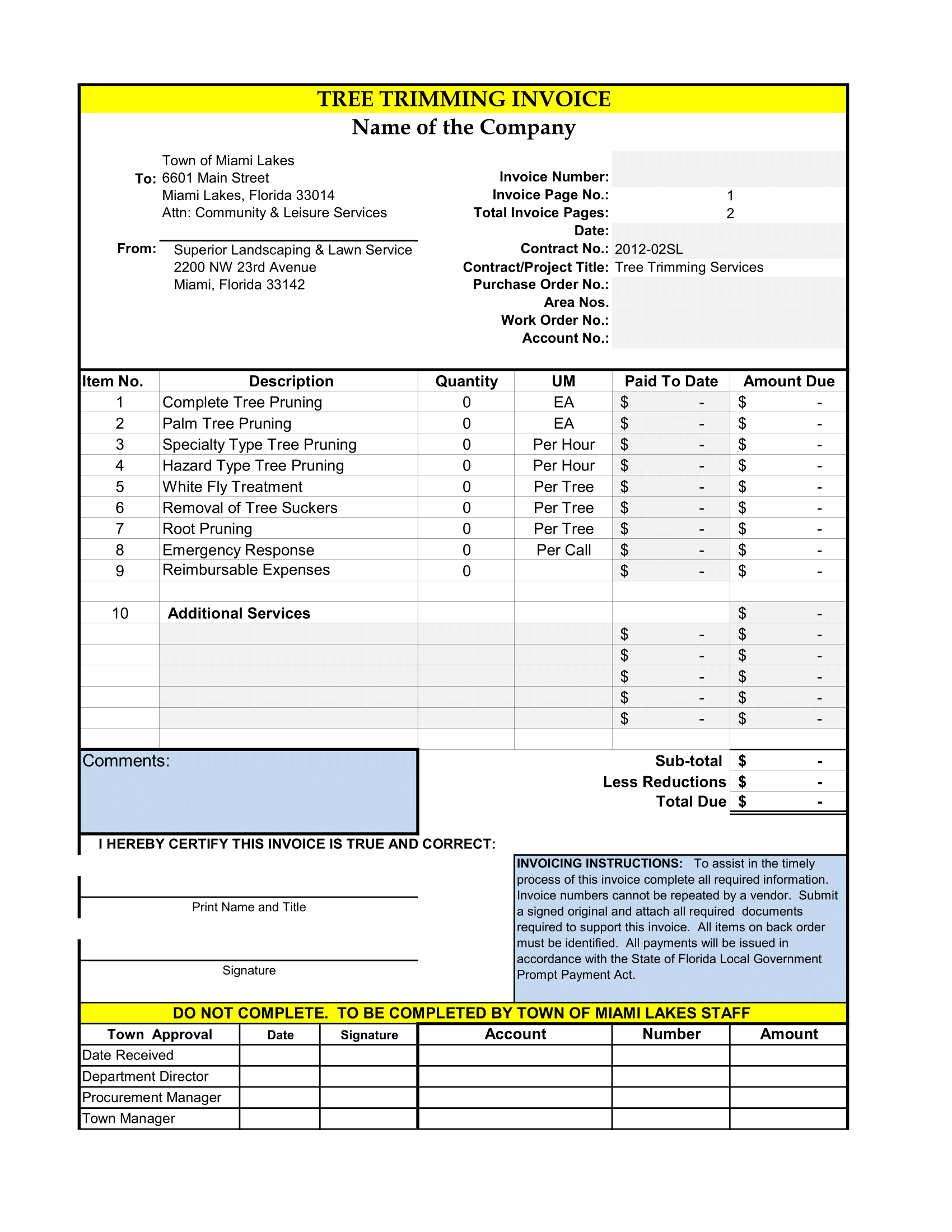An Time Tracking Tool or Timesheet is a data table that a manager can use to monitor the time a particular employee has worked during a certain period. Businesses use timesheets to record time spent on assignments, projects, or clients. Different ways have been used to record timesheets, such as paper, spreadsheet software, and online time-tracking templates. Paper-based timesheets have now been generated in digital formats.
Any business or organization must accurately account for the time its workers spend on tasks and assignments. However, it also involves employees entering the time they start and end work on a task or assignments on a timesheet. For instance, this data is then used in client billing, wages as well as payroll processing.
Similarly, a business can meet its deadlines, maintain its budget, and achieve success when it uses time effectively. To do this, you need to be able to keep accurate records and timesheets. This makes timesheets important to any successful business.
So, use this Free Time Tracking Tool to manage your time and schedules.
How to use this Time Tracking Tool in EXCEL
Tracking employee time in an Excel timesheet isn’t the easiest way to keep track of hours for payroll. For that, you can use your automated time tracking that integrates seamlessly with your payroll solution.
How to create an Excel timesheet
Every business has different demands. They depend on the type of work you do, how many people you employ, and about a hundred other things. That’s why the first step to making a time tracking tool in Excel is to identify the categories you’ll need to create to run payroll and your business successfully.
This Timesheet includes-
- Employee Details
- Name
- Manager Details
- Period Start Date
- Period End Date
- Total Work Week Hours
- Total Hours Worked
- Regular Hours
- Overtime Hours
- Their total number of hours
The steps include-
Format your timesheet
To create a timesheet that’s easy to read, first, you need to format it.
Title your timesheet
Type the name of your business into the columns
Add labels to your timesheet
Tags like EMPLOYEE and MANAGER with their signature and date lines for each.
Add timesheet labels
In the row, create labels for each column: DAY, DATE, JOB/SHIFT, TIME IN, TIME OUT, TIME IN, TIME OUT, TOTAL (HOURS), OVERTIME (HOURS)and HOLIDAY (HOURS). TIME IN and TIME OUT is listed twice to account for lunch breaks.
IMPORTANCE OF Time Tracking Tool
In Assignment management, leaders can justify time billed in invoices, as well as help your payroll records. Timesheets can specifically help with:
Managing time. You can manage time schedules by knowing the number of hours or days worked towards a certain assignment.
Measuring employee’s performance. By measuring the tasks deployed, as well as billable rates for project funds.
Monitor Tasks progress. By collecting, tacking and documenting the work completed and other specifics of the project.
Support your budget via resource distribution. By distributing time tracked per project.
Legal protection. Tracking timesheets offer protection. For instance, timesheets are legal documents that aid you in protection in the incident of potential litigation over missed breaks or meals.
- Manage time wastage
- Bill Accurately
- Improve Project Management
- Helpful in Payroll Processing
- Help in Managing Time

